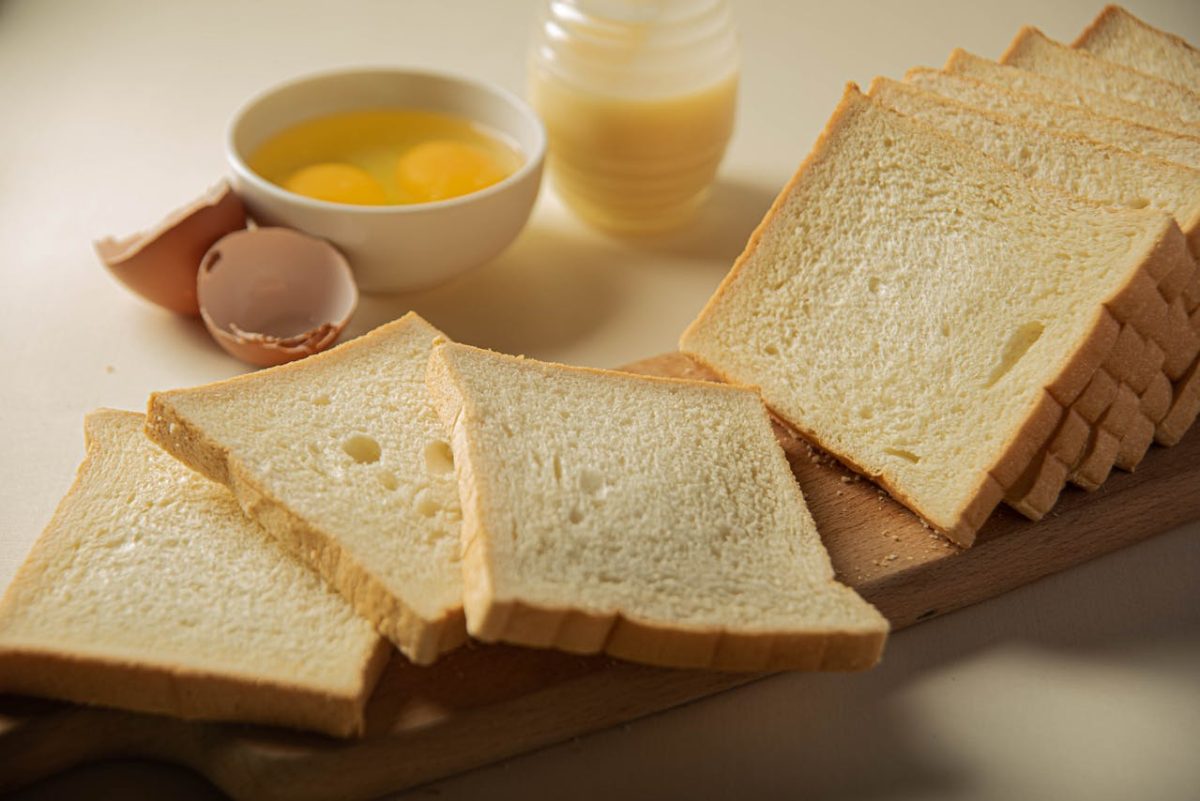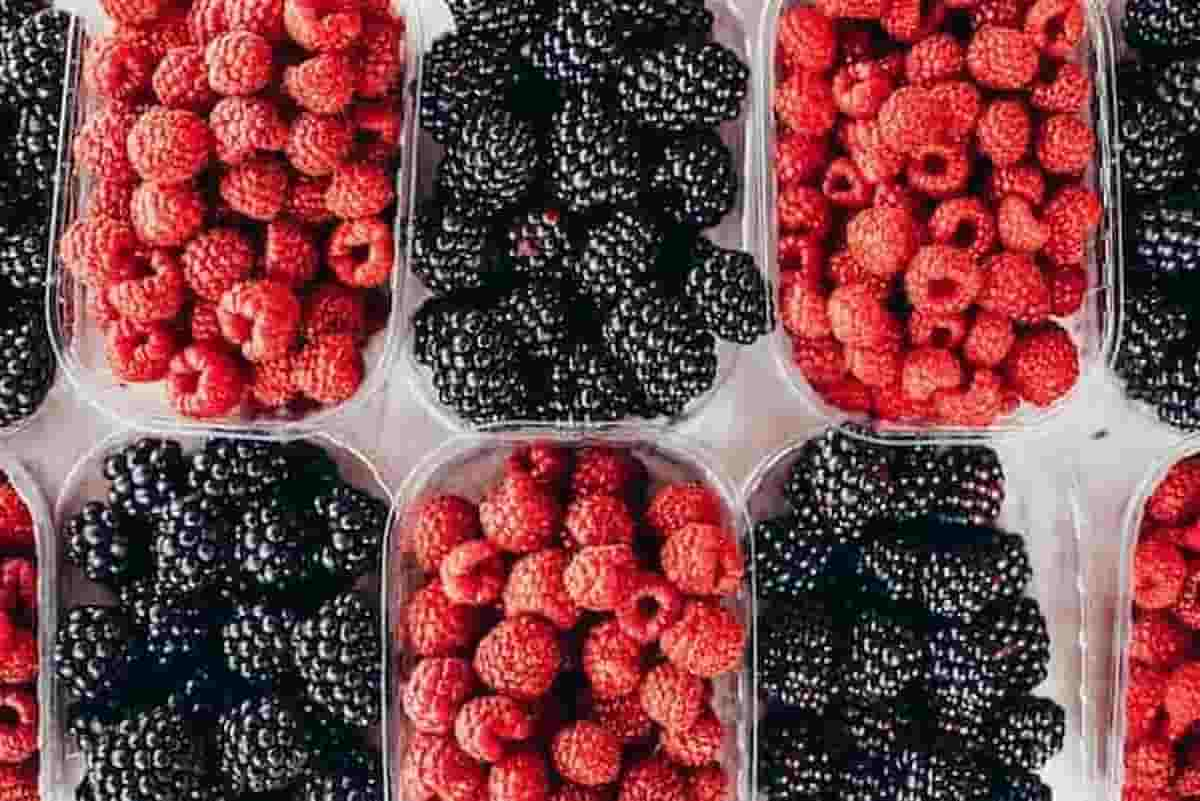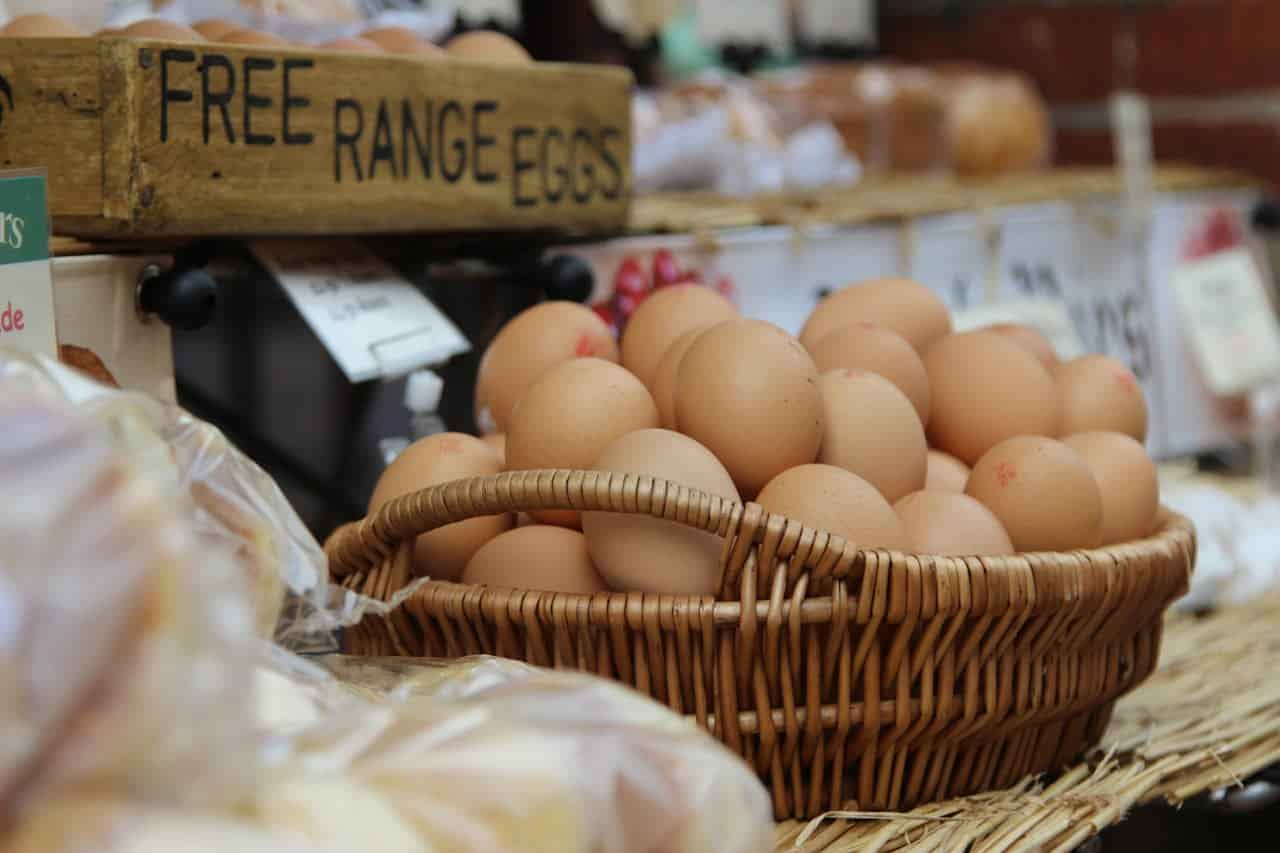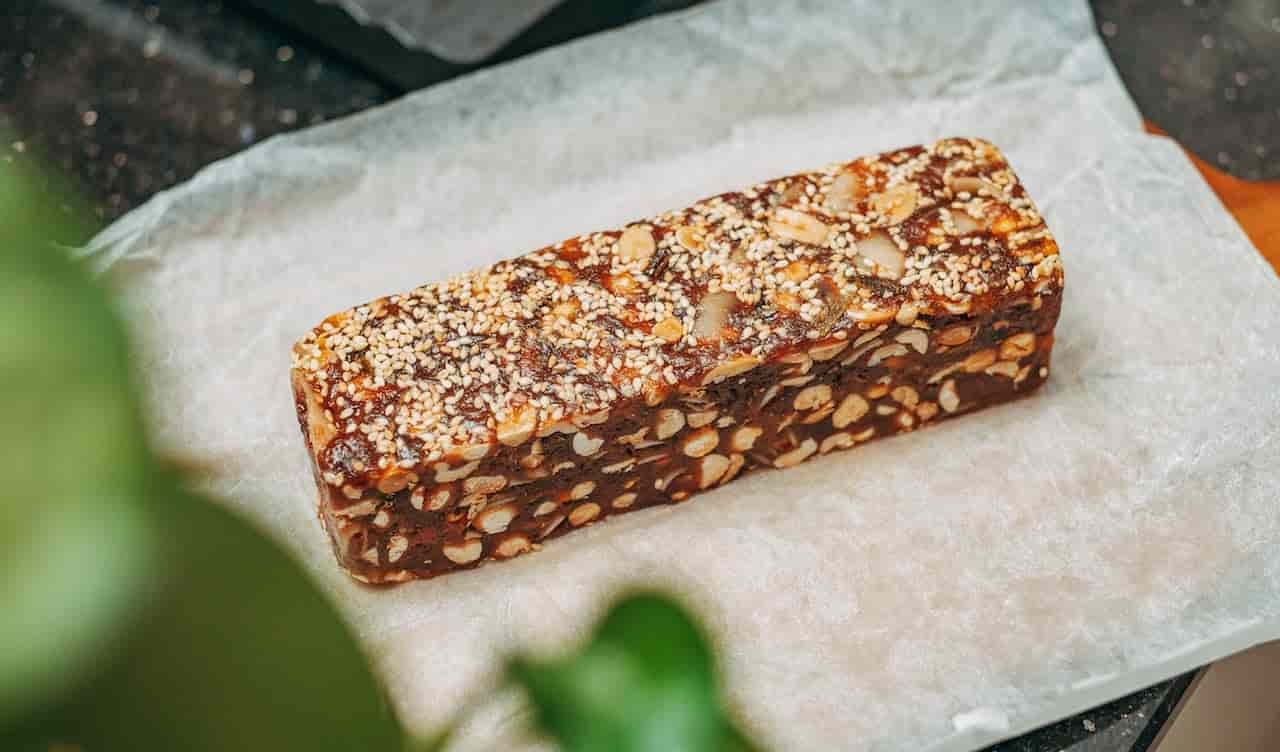The latest research shows that some ingredients in toast bread belong to a group that is blamed for various diseases. Fortunately, in reality, things have changed dramatically with regards to the raw materials that are now used. This is the history and analysis of a food present in most homes: Toast bread is rightly considered the most popular snack during the day.
Did you know that sliced bread was invented 100 years ago?
In 1912, Otto Frederick Rohwedder, a jeweler from Missouri, invented a machine that could cut and wrap a loaf of bread in a single motion. A fire set him back a few years, but finally, with some modifications, 15 years later he filed a patent for the “first single-position bread slicer.”
Then, another baker from St. Louis perfected the machine by improving not only the way of slicing but also the packaging. He packed the sliced loaves carefully arranged and lined up in paper trays and wrapped them in parchment paper. At the same time, in America, consumers already loved fluffy white bread, and although bakers were skeptical of the utility and shelf life of sliced bread, eventually the way was opened for the now-familiar “toast bread” in all homes, all over the world.
Does fluffy bread mean fresh?
Indeed, fluffy bread is synonymous with fresh bread in the minds of consumers, and bread manufacturers know this very well. From those years to today, countless hours of research and development have gone into creating a good sliced bread that keeps for a long time without going stale and stays soft until the last slice of the package is eaten.
How does toast bread stay fluffy and fresh?
In the past, toast bread contained strong preservatives (propionate, sorbate, and diacetate) to keep it from going moldy. However, the evolution of food technology and bakery techniques has provided, and continues to provide, solutions to upgrade quality.
Some of these techniques are:
• The use of natural preservatives such as vinegar, natural yeast, or preferments (biga, poolish) to lower the pH.
• Fermented flours, i.e. flours that have been naturally fermented before use.
• Pasteurization, i.e., mild heat treatment after baking, slicing, and packaging of the bread.
• The use of double packaging, thanks to which the bread is more protected and does not become contaminated during its use at home.
Thus, in combination with the appropriate hygienic conditions in production but also with the rapid cooling after kilning (vacuum cooling technique), a long shelf life and resistance to the growth of microorganisms is achieved, which can reach 30 days. After all, the goal is for the bread not to go stale.
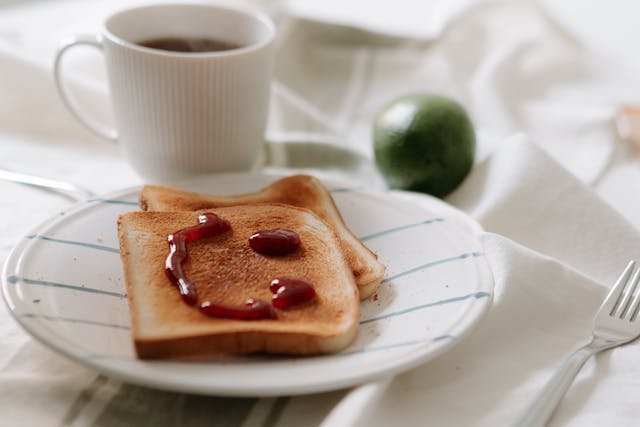
Do toast breads contain “E” additives?
Until recently, emulsifiers (datem, ssl, mono-diglycerides), gums (polysaccharides), stabilizers (CMC, HPMC), components that adsorb and retain water, resulting in better freshness, special fats (shortenings), powdered milk, and whey protein were used.
According to the requirements for “clean label” and for plant-based ingredients, the above ingredients belonging to “E” additives, have started to be replaced with flour from legumes (beans, soybeans, lentils), glucomannan, seeds or chia flour, quinoa, flaxseeds, oats (bran, β-glucans), acerola syrup, or petimize to replace sugar, but also in combination with sophisticated baking methods that improve freshness and prevent staleness, such as autolysis and the pregelatinization method of part of the flour of the recipe (with pre-boiling).
Saturated fats, such as palm oil or other cooking fats (shortenings), have begun to be replaced by sunflower oil, canola oil, olive oil, or other unsaturated fats.
Finally, because taste and appearance are important selection criteria for consumers, light-colored malt flour is added to help the taste and aroma, while sometimes the rind is removed.
What should we pay attention to when choosing toast bread?
During the first lockdown, homes were turned into bread laboratories, yeast disappeared from supermarket shelves, and the technique of sourdough was duly analyzed on digital media. This resulted, with the end of the pandemic, in consumers becoming more demanding in their choices and therefore there is an increase in the choice of “clean label” products, i.e. those with the fewest ingredients, without strange words and familiar ingredients. All the ingredients and preservation methods must be listed on the packaged breads of toast. Therefore, a good reading of the label will direct us to the appropriate choice. Palm oil and cooking fats are the ingredients that research shows should be avoided.
Why can’t we easily find toast bread in the neighborhood bakery?
Toast bread has the same characteristics as all the breads that are leavened and baked daily in the neighborhood ovens. Consumed fresh, it has a short shelf life and goes stale in about 3 days. The ovens do not have the proper equipment that will give them a long shelf life; some do not even have the equipment for shredding. After all, consumers have not combined the neighborhood oven with toast bread. They consider it to be a product that they can only get from supermarket shelves. This is also the reason why they are not in great demand in bakeries, and bakeries do not invest in them, apart from a few exceptions.
What are the market trends? What are consumers asking for?
Sliced bread / pan bread cannot escape global trends. So the leaps that the bread industry has made in the standard bread market can only be based on the following values:
- High nutritional value: this is achieved by using ingredients that have a positive effect on our health (dietary fiber, beta-glucans, calcium, iron, vitamins, probiotics, prebiotics, germ) or by reducing / removing ingredients that are harmful to health (salt, sugar, carbohydrates, keto, low GI, etc.).
- Ingredients and recipes that are consistent with tradition and linked to local elements (localization / tradition): use of olive oil instead of other fats, herbs and herbs for flavor instead of salt, etc.
- Sustainability: methods, materials and processes that leave a reduced carbon footprint.
- Novelty & variety: use of flours from legumes, insects, hemp, etc.
- Clean label: clean label food, i.e. with natural ingredients without the use of materials classified as additives (E).
- Plant-based foods: there is an increase in consumers who prefer plant-based foods (flexitarians) or exclusively plant-based foods (vegans). The issue is the replacement of animal fats (e.g. powdered milk, eggs) with ingredients of plant origin (glucomannan for fat reduction, inactive / nutritional yeast for cheese flavor, etc.).
- Focusing on special groups of consumers (eg children, athletes, seniors / silver age) who have special nutritional needs.
